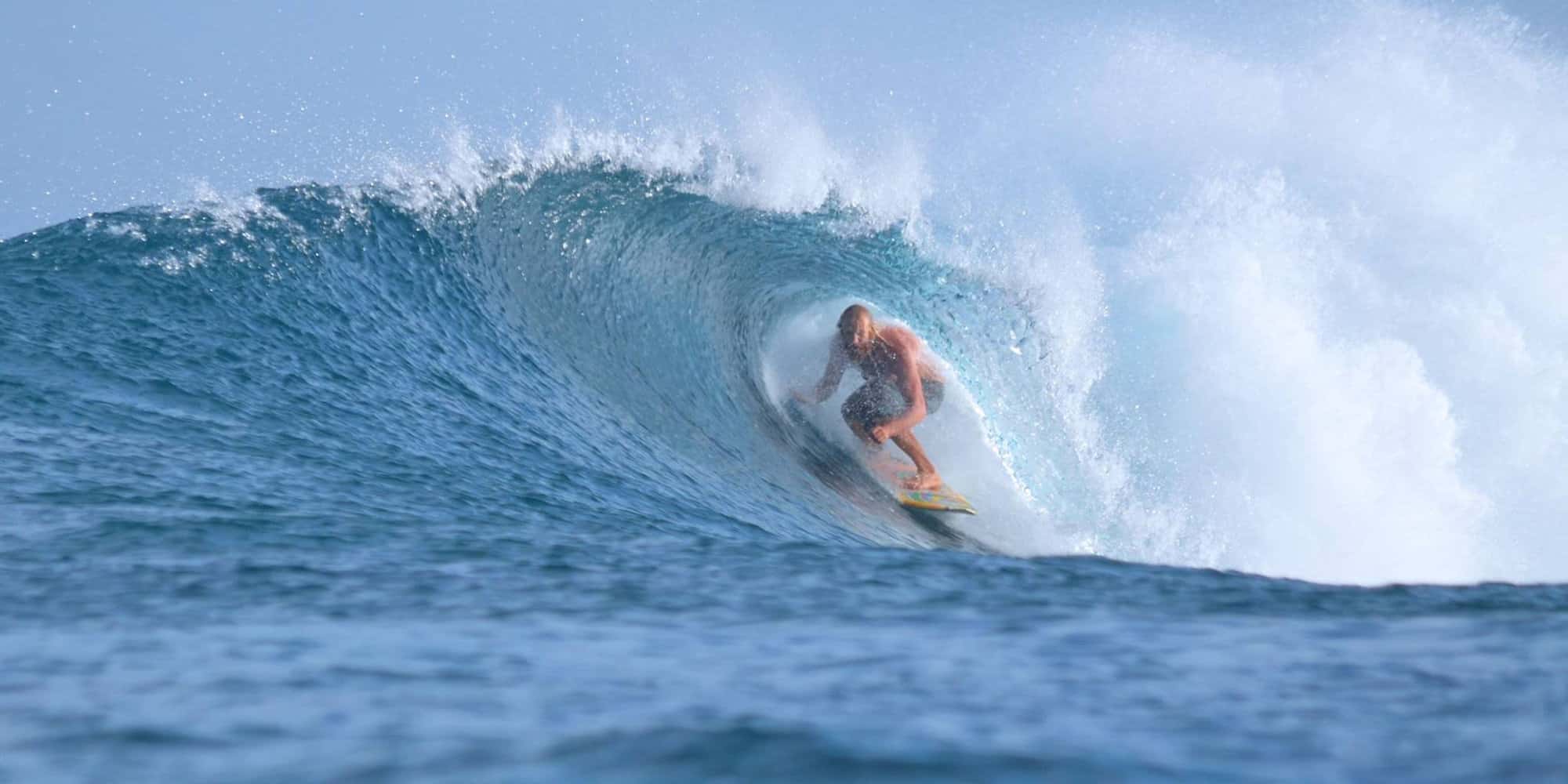The Maldives is renowned as a premier surfing destination, drawing wave chasers from all over the world. With countless atolls scattered across the Indian Ocean, each offering its own unique surf breaks, the question arises – which atoll truly boasts the best waves? In this guide, we’ll compare some of the top surf atolls, including Malé Atoll, Thaa Atoll, and Lhaviyani Atoll, highlighting their standout surf spots, seasonal wave patterns, and the type of surfers they attract.
For surf school owners or retreat organizers, understanding the key surf atolls in the Maldives can help in choosing the best location to set up operations. Noethera provides tailored website development and branding services to help grow your surf business in these prime surfing destinations.
1. Malé Atoll – The Heart of Maldivian Surfing

Malé Atoll is undeniably the most famous surfing region in the Maldives. Located close to the international airport, it’s convenient and packed with world-class breaks. This atoll is divided into North Malé Atoll and South Malé Atoll, both offering legendary surf spots. In North Malé Atoll, Sultans is one of the most well-known breaks, famous for its long, hollow waves that are best during mid to high tide. Honkeys, located adjacent to Sultans, delivers playful left-hand rides, while Chickens provides the longest left-hander in the Maldives, with rides extending up to 500 meters during peak swell.
South Malé Atoll also boasts incredible surf. Quarters offers consistent left-hand waves, providing mellow rides that are ideal for beginners and intermediates. Gurus, another notable break, thrives on south swells, offering fun left-hand rides for surfers of all levels.
Malé Atoll not only offers variety but also the infrastructure to support surf schools and retreats. With numerous surf camps, resorts, and easy boat access to breaks, it’s an ideal location for businesses targeting both tourists and seasoned surfers. The best season for surfing in Malé Atoll is between April and October, with waves suitable for all levels, from beginners to pros.
2. Thaa Atoll – The Untouched Surf Paradise

Thaa Atoll offers a more secluded surfing experience, making it ideal for surfers seeking a quieter environment. The breaks in Thaa Atoll are powerful and consistent, especially during the southwest monsoon season. Unlike Malé Atoll, Thaa remains largely untouched, providing raw and thrilling surfing conditions.
Malik’s is one of the most prominent breaks in Thaa Atoll, known for its steep takeoffs and heavy barrels that challenge even the most experienced surfers. Bowling Alley, on the other hand, offers fun and rippable waves that attract intermediate surfers looking to improve their skills. Outside Mikado, a long right-hand reef break, produces deep barrels and fast rides, providing a rewarding experience for advanced surfers.
The best time to visit Thaa Atoll for surfing is between May and September. Surf schools and retreats in this region appeal to surf purists and adventurers looking to escape crowded breaks.
3. Lhaviyani Atoll – A Hidden Gem for Surfing

Lhaviyani Atoll is a lesser-known surf destination, but its growing popularity stems from its consistent surf and scenic beauty. The remote nature of the atoll, coupled with picturesque waves, makes it an appealing option for surfers seeking tranquility.
Huruvalhi is a standout break in Lhaviyani, offering long and playful left-hand rides during moderate swells. Another remarkable spot is Shipwrecks, a right-hand break located near a sunken ship that produces clean and powerful waves during southwest swells. Lohis, although primarily recognized as a North Malé break, occasionally makes an appearance in Lhaviyani during strong swells, offering long left-handers to eager surfers.
The best season for surfing in Lhaviyani Atoll runs from April to October, making it ideal for intermediate surfers and longboarders looking for peaceful lineups and stunning backdrops.
Which Atoll Is Best for Your Surf School or Retreat?
Malé Atoll stands out for its accessibility and variety, making it the best choice for surf schools and retreats that cater to a wide range of surfers. Its proximity to the airport and the variety of waves ensure consistent clientele.
Thaa Atoll, in contrast, is perfect for surf retreats aiming to offer exclusivity and adventure. Its remote and challenging breaks appeal to advanced surfers seeking unique surf experiences. Lhaviyani Atoll provides a balance between scenic beauty and consistent waves, ideal for surf retreats that focus on long, immersive surfing experiences.
By selecting the right atoll, surf school owners can tailor their offerings to specific audiences, from thrill-seeking pros to beginners wanting to catch their first wave.
Why Set Up a Surf School or Retreat in These Atolls?
Surf atolls in the Maldives present a unique opportunity for surf school owners and retreat operators. The increasing demand for surf tourism makes establishing a business in these prime areas highly advantageous. Proximity to legendary breaks can drive clientele and enhance visibility, boosting the potential for long-term success.
Noethera offers specialized website development and branding services to help surf businesses build a strong online presence. With a professionally crafted website, surf schools and retreats can showcase their offerings, promote surf conditions, and attract international clients.
Ready to elevate your surf business? Let Noethera help you harness the power of these exceptional surf atolls and establish your brand in the Maldives.







